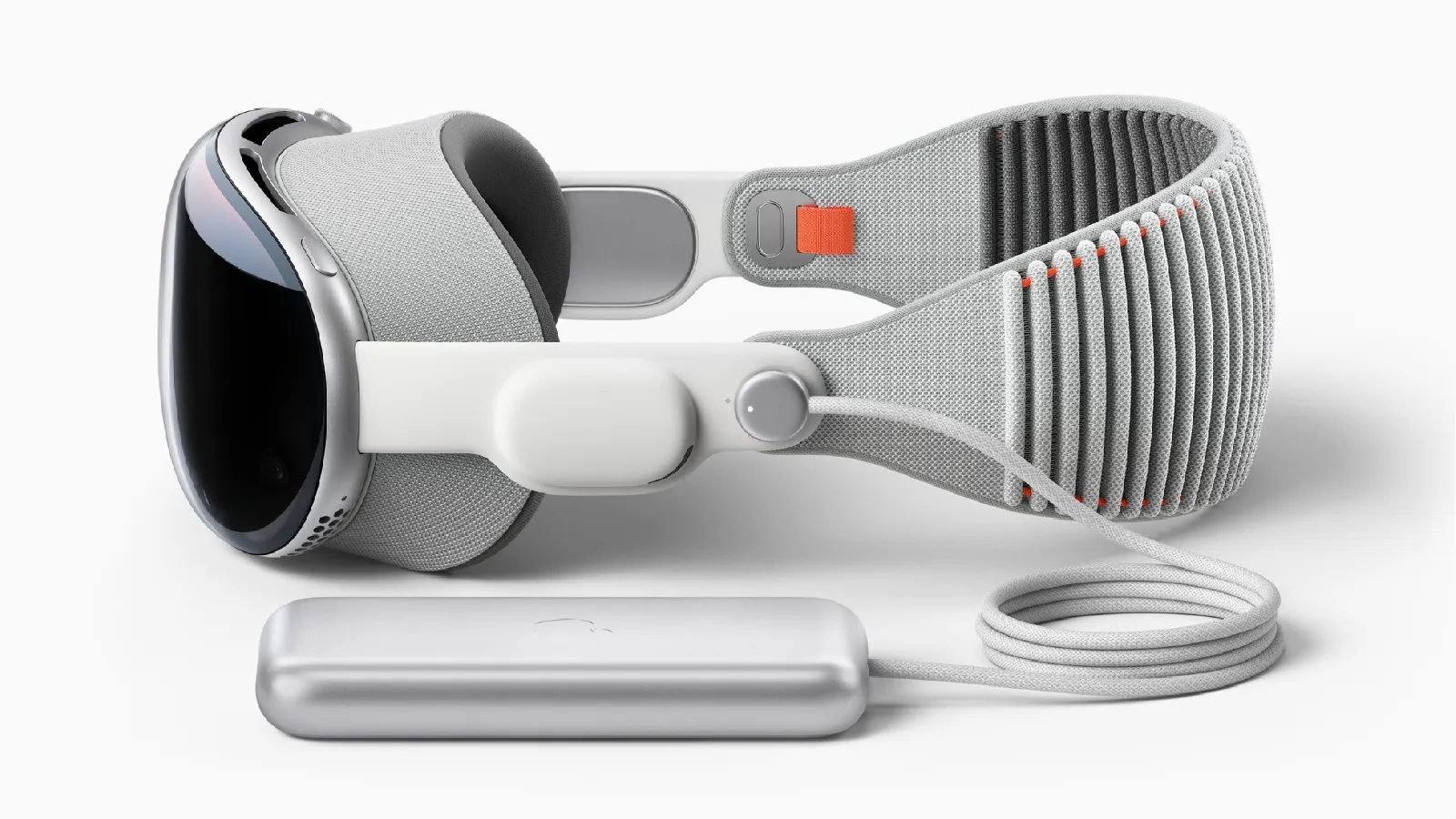Apple’s foray into virtual reality with the Vision Pro has met with a tepid response from developers. Despite its compatibility with iOS and iPad apps, only a small fraction of the App Store’s 1.8 million apps have been updated specifically for Vision Pro. This lukewarm reception is partly due to the device’s high price point ($3,499 and up), limited availability for testing, and concerns about market opportunity size.
Key Highlights:
- Apple’s Vision Pro, the new mixed reality headset, has received a lukewarm response from app developers.
- Only over 150 apps have been explicitly updated for Vision Pro, a fraction of the App Store’s total.
- Major platforms like Netflix, Spotify, and YouTube have not released dedicated apps for Vision Pro.
- Apple’s recent App Store policy updates and compliance with regulatory demands have strained developer relationships.
- Despite the challenges, Apple emphasizes the unique experiences Vision Pro offers.

The situation is compounded by Apple’s strained relations with its developer community, following the fallout from Epic Games’ antitrust lawsuit. Though Apple won the case, it was required to modify App Store rules, allowing developers to direct users to external purchasing methods. However, Apple’s implementation of these changes has been seen as reluctantly punitive, further straining developer goodwill.
The company’s recent compliance with regulatory demands, including allowing alternative app stores and browser competition, has not helped. Apple’s apparent reluctance to adapt to these changes and the introduction of a 27% commission on out-of-app purchases have raised eyebrows in the developer community. Such developer-hostile attitudes are feared to have a chilling effect on the community, which had previously embraced new Apple platforms.
Despite these challenges, Apple remains optimistic about the Vision Pro’s potential. The company emphasizes the headset’s ability to offer new spatial experiences, hoping to attract developers by showcasing its unique capabilities. Apple believes that immersive apps will drive customer excitement and adoption.
However, major players in the digital content space, including YouTube, Netflix, and Spotify, have opted not to release dedicated apps for Vision Pro. While some companies, like TikTok and Disney+, are participating, the absence of major platforms is notable. This reflects a broader trend of media companies reportedly passing on the mixed-reality headset, even though they have existing apps for iPhone and iPad.
In conclusion, Apple’s Vision Pro represents a significant venture into mixed reality, but its success hinges on developer adoption and customer uptake. The device’s high price and Apple’s strained relations with its developer community pose significant hurdles. While the tech giant has successfully launched innovative products in the past, the Vision Pro’s journey looks to be more challenging. The coming months will be crucial in determining whether Apple can turn around developer sentiments and truly make Vision Pro a game-changer .


















